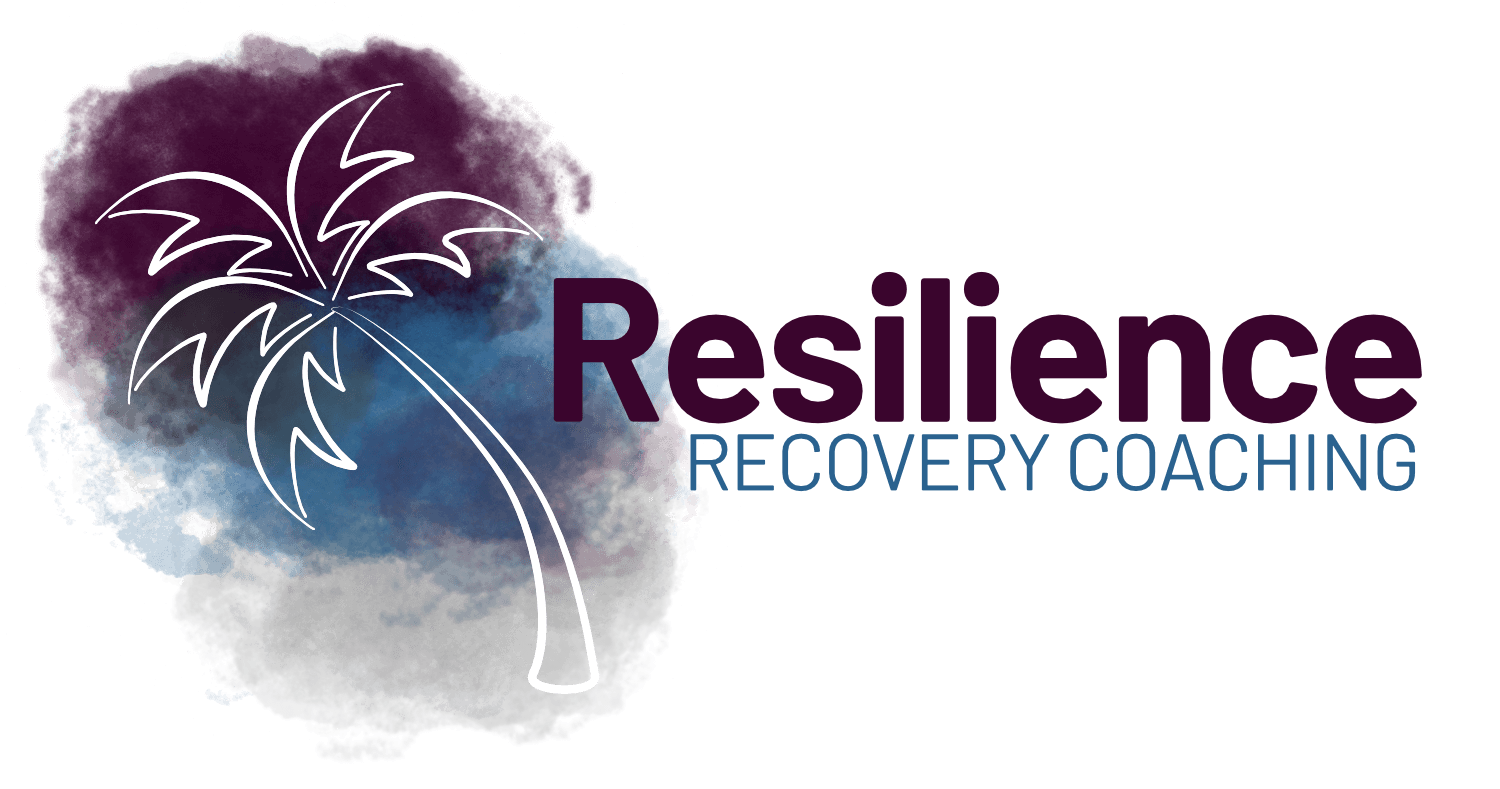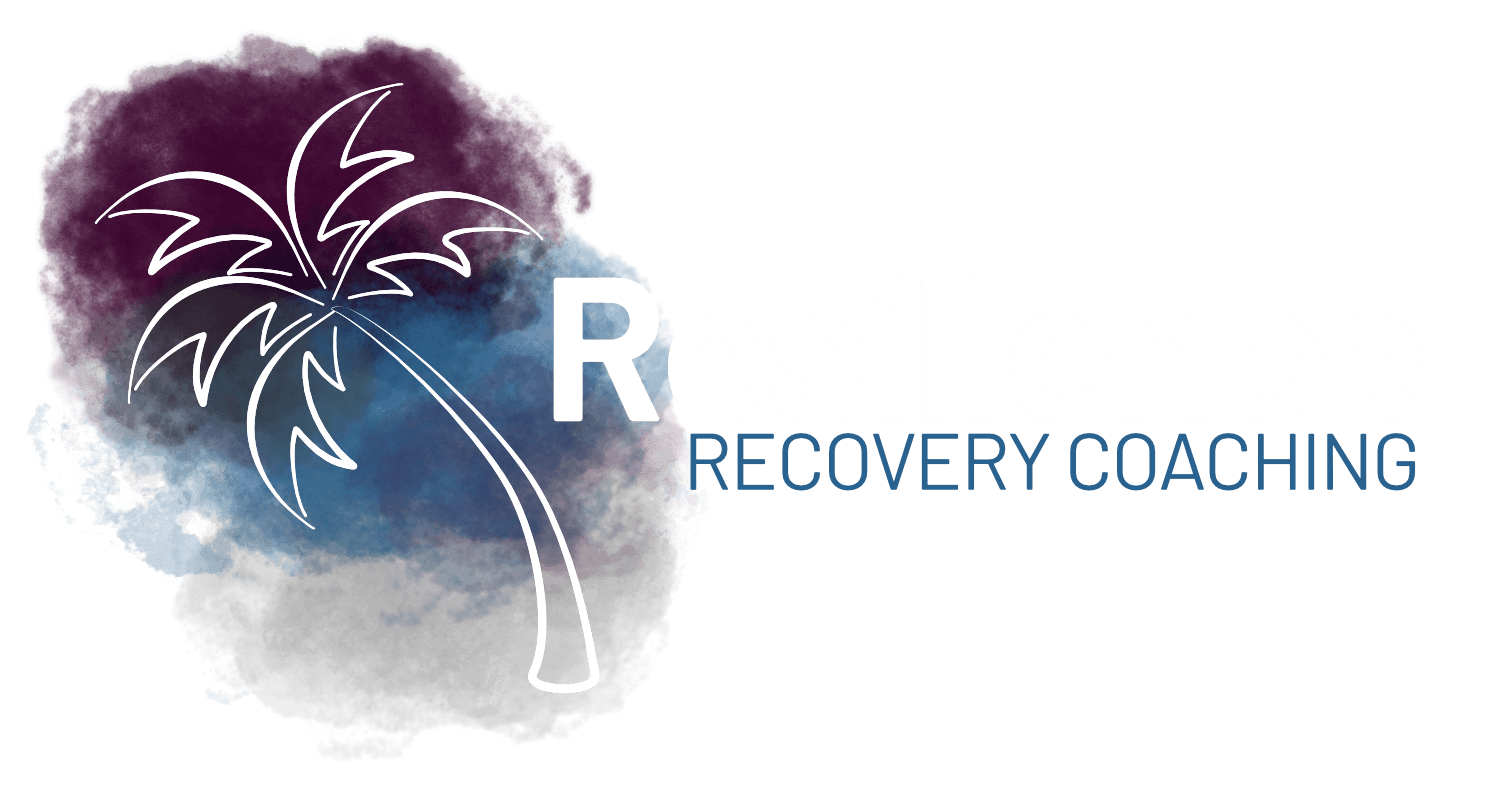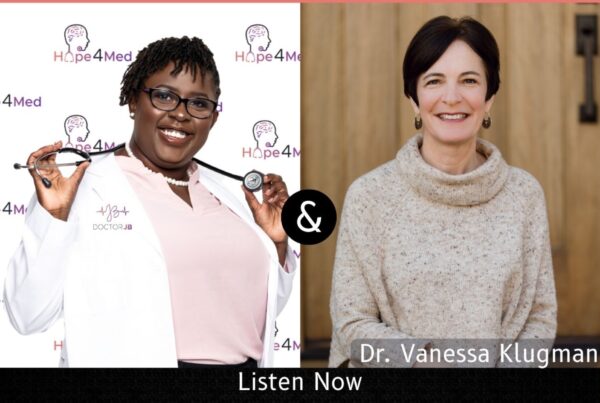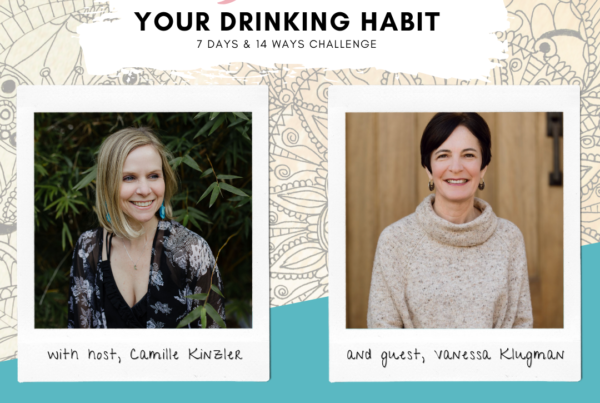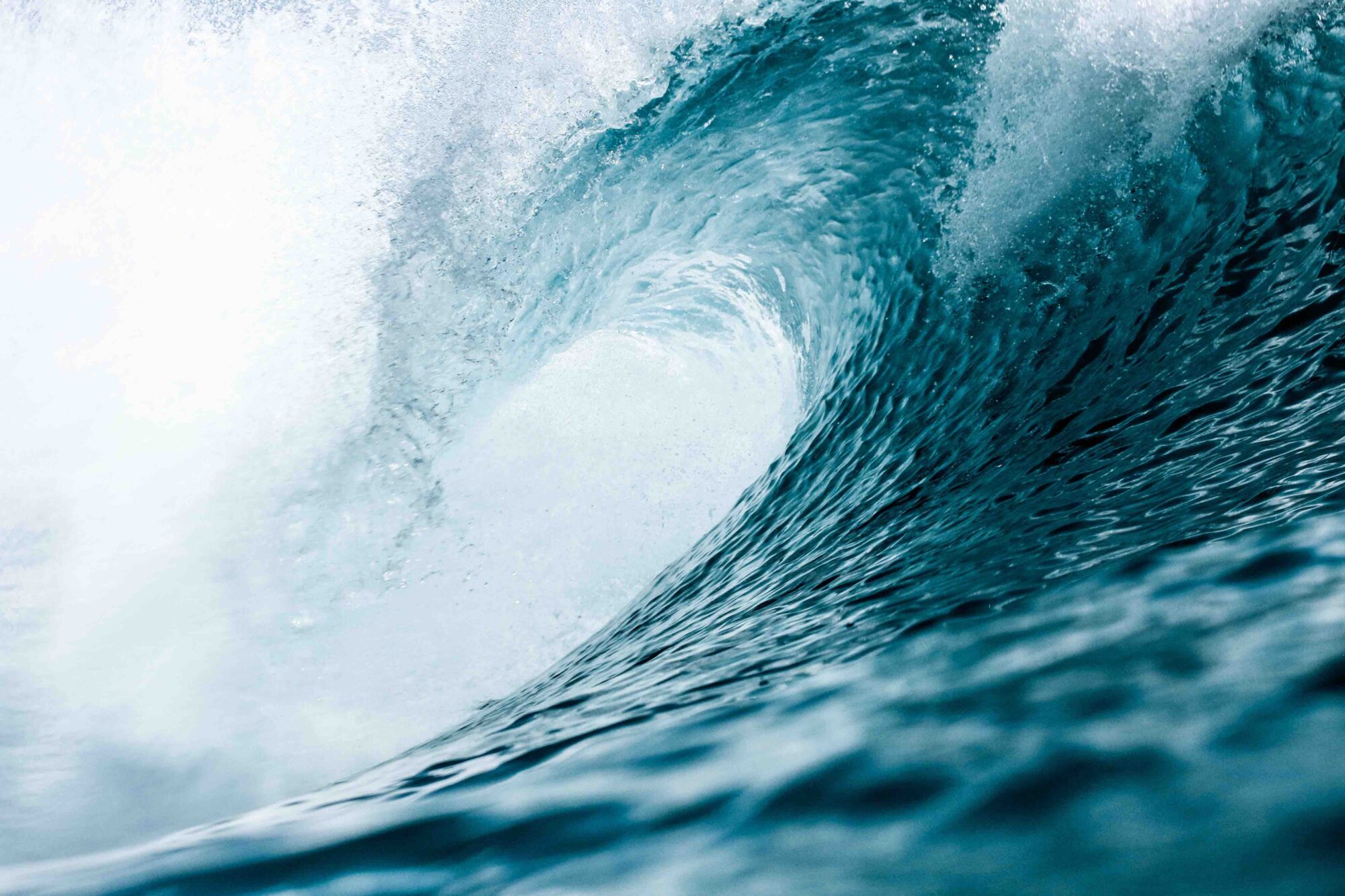
“You can’t stop the wave, but you can learn to surf.” -Jon Kabat Zinn
One of the greatest challenges early on in recovery is cravings. Cravings are a natural and normal part of recovery. Every time we feed our cravings, however, we strengthen neural pathways in our brain. A trigger such as an argument with someone results in a behavior like drinking which then results in the reward of numbing out the pain. This trigger, behavior, reward loop then serves to reinforce the behavior.
Psychologist Alan Marlatt, PH.D, has devised a mindfulness technique to help people observe and recognize their cravings. The practice of urge surfing allows us to mentally detach from our cravings. We often try to get rid of our cravings through distraction or by fighting against them. Paradoxically, fighting our urges just serves to feed them. When we observe our cravings, we notice that they are like waves and that they peak around 20 to 30 minutes. They start small and then gain momentum until they feel almost unbearable. It is as this moment of cresting, that most people feel that they can’t stand the pain and that it will never resolve. This is when people give into their cravings although this is also the moment that the wave is about to crash and diminish in intensity. As we learn to watch the urge with curiosity, it will naturally subside.
Urge surfing, a practice I teach my clients allows people to relate to their urges in a more skillful way than white knuckling their way through them. The practice consists of four steps;
- Sit in a comfortable chair, close your eyes and look inward into your body. Start by bringing attention into the sensations associated with the urge. Some people note a “feeling of butterflies in their stomach” and for others there may be increased salivation or tightness in the chest. Note where you feel the urge in your body.
- Focus your attention on the area that has the strongest sensation. Become curious and ask yourself what the sensation feels like. Is there pressure, warmth, numbness or tingling? Does the sensation have a border? Is there any movement to the sensation? Does it have a color or temperature? Describe to yourself the sensations you experience.
- Bring your attention to your breath for the next few minutes. Ride the waves of the breath, noting where you feel the breath most strongly.
- Shift your attention back to the area of your body where you feel the urge most strongly. Imagine the urge as a wave, rising and falling.
As with any new habit, urge surfing requires practice. It can be used to ride the wave of a challenging emotion or an urge. As you learn to experience your cravings in this way, you will find that their intensity and frequency will diminish over time. They will gradually lose their power over you.
